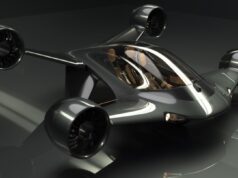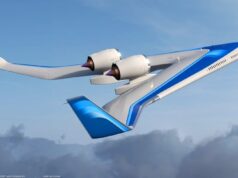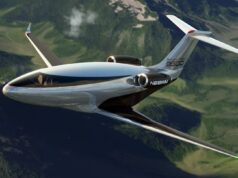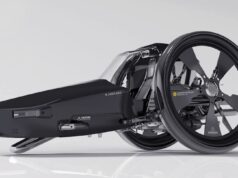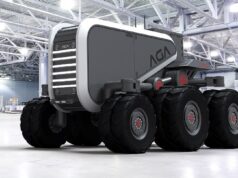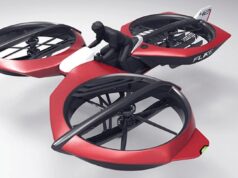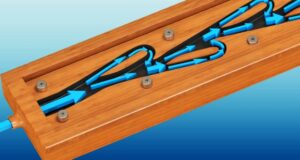World War 2 had revealed a flaw for the US Navy. Their convoy ships that resupplied fleets, armies, and bases across the world were vulnerable to enemy air attacks and required excessive protection from warships to ensure cargo reached their destinations. Difficult to do and an effective way for the enemy to tie up resources.
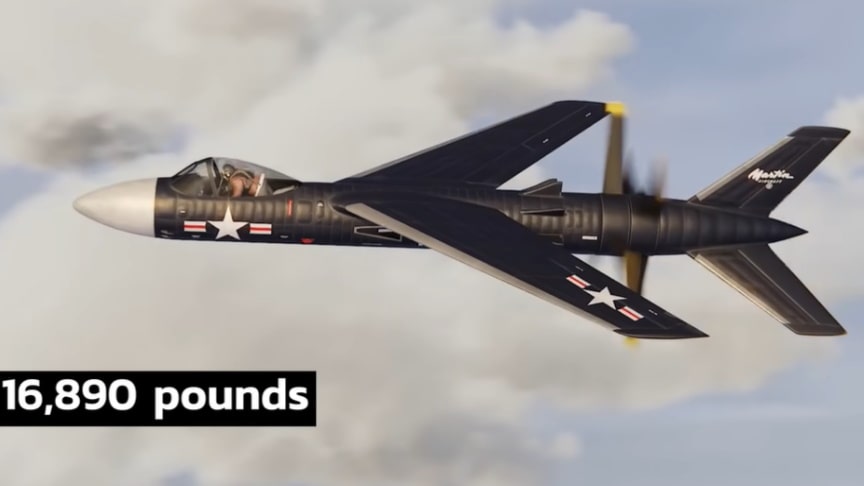
source/image: Found And Explained
The navy, still traumatized from the war with the nazis, feared that the soviets would play copycat and go after the lucrative cargo ships in the atlantic – if the cold war turned hot.So the answer would be a new type of plane – one that had the power of a normal fighter interceptor but didn’t require a carrier to launch or land.
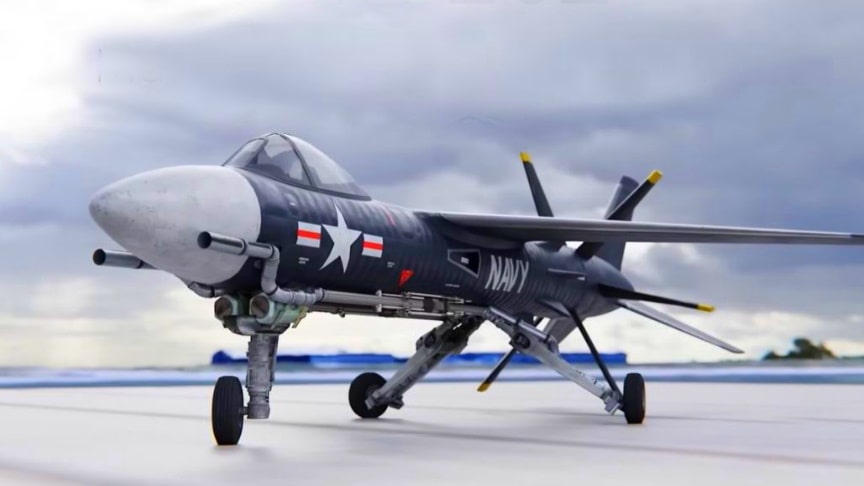
source/image: Found And Explained
The Martin 262 Convoy Fighter was to be the cornerstone of the US Navy- this defensive fighter has propellers moving at supersonic speeds and can take off and land vertically.In 1949, the US Navy Bureau of Aeronautics began a competition to develop this new convey fighter that had the specific ability to be launched from smaller vessles and would protect them until carrier forces could arrive.
Advertisement
This plane would have a new class, called the VF, standing for Convoy Fighter, and have several conditions. The first, obviously, was the ability to take off from the deck of a convey shipThe second was the ability to fly close to sonic speeds at 45,000 feet. A pretty mean feat considering it had to go sea level to 45k in 5 minutes.
Carry a single pilot with an ejectable pressurised cockpit.Perform a combat role for at least 100 minutes to a range of 100 nautical miles.And land to be rearmed and refueled. To get the best possible design they recruited five different aircraft contractors.

